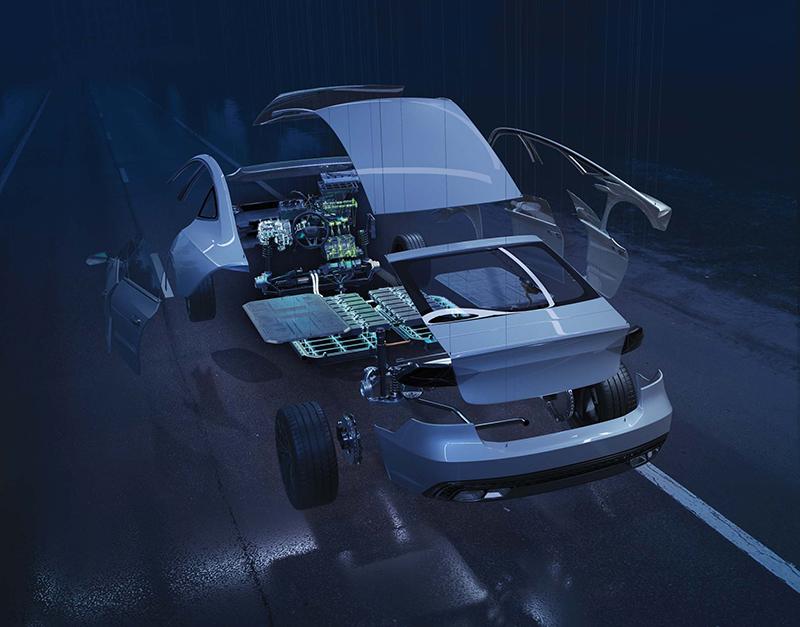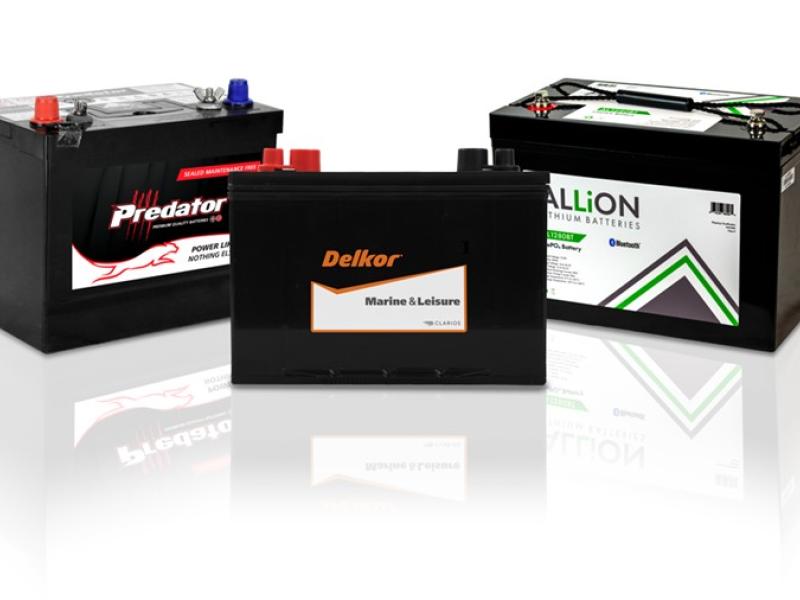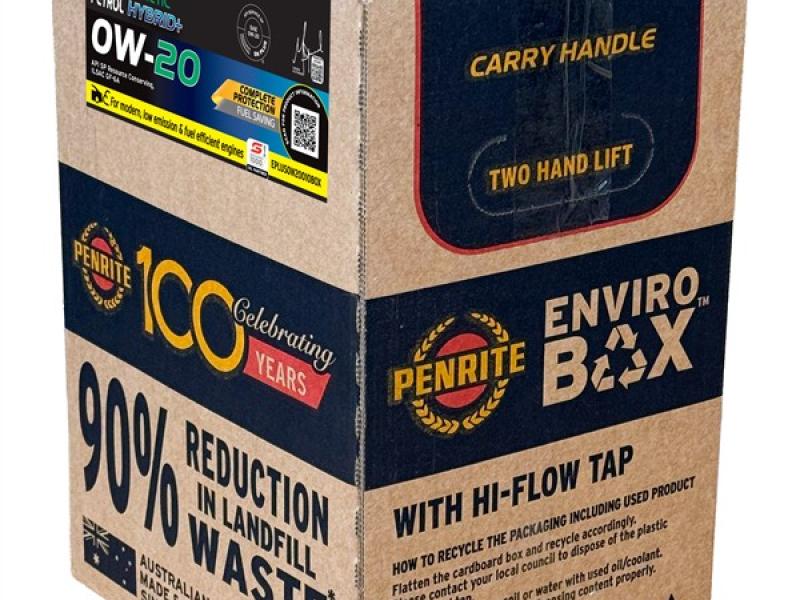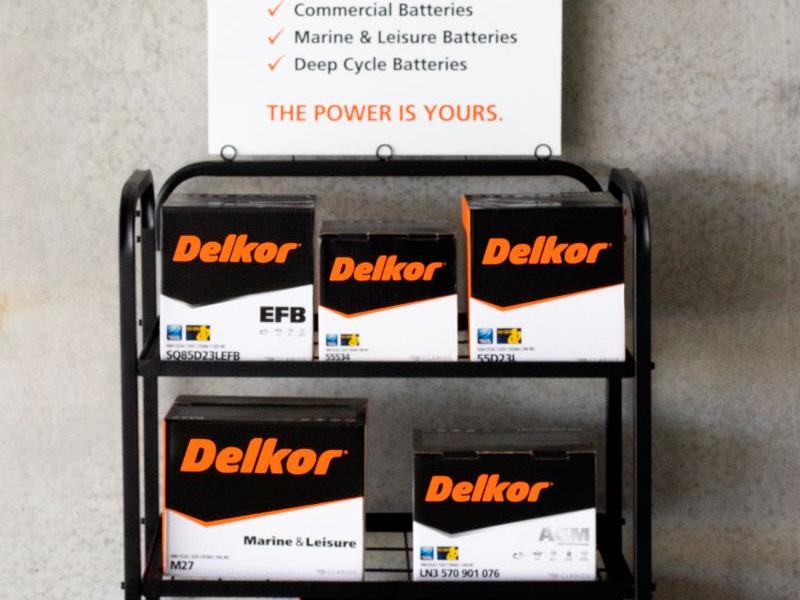The growth of the hybrid
Across both the Australian and Global automotive landscape, one of the most clearly identifiable trends across the last decade has been the explosion in uptake of Electric [EV] and Hybrid vehicles.
Underpinning this rapid growth are Government-legislated emissions targets, which necessitate OEM’s (Original Engine Manufacturers) focus their attention on the manufacture of hybrids and EVs to fulfil their regulatory obligations. While EVs have seen the majority of the “hype” and mainstream media attention in recent years, infrastructure, supply and demand challenges with EVs, and the battery technology that underpins them, means that hybrids will remain the primary first step in the electrification of the carparc.
While EVs clearly have an important role to play long-term, in a 2023 presentation at the World Economic Forum in Davos, Toyota’s Chief Scientist Gill Pratt shared his view that the EV exclusive vehicle strategies announced by some automakers will likely fall short of achieving emissions-reduction goals. The issue Mr Pratt surmises is a function of the limited availability of the lithium required for battery production, a challenge which forces a choice between using the limited available lithium to produce many smaller hybrid battery packs or the production of fewer large batteries for EVs. With the overarching aim being to reduce emissions, Mr Pratt concludes that a significantly larger reduction in overall emissions can be achieved by producing many hybrids to displace a large number of Internal Combustion Engine [ICE] vehicles, rather than producing a comparatively small number of EVs.
This issue, along with other challenges including cost, charging infrastructure, and diverse customer requirements, will ensure that hybrids become an increasingly common sight on Australasian roads.
The hybrid headache
With the sustained growth of the hybrid carparc widely anticipated, a clear need existed for all industry stakeholders to assess the implications for the maintenance of hybrid vehicles, and in particular for Castrol, their lubrication requirements. Indeed, given Castrol’s extensive experience working with hybrids – including working on first-generation hybrids such as the Toyota Prius, publishing Society of Automotive Engineers papers on hybrid operating characteristics, and designing bespoke tests to replicate severe hybrid driving conditions – there was an appreciation that the “status quo” would not suffice.
While there are fundamentally three different types of hybrid vehicles – mild (MHEV), full (FHEV) and plug-in (PHEV) – every hybrid vehicle uses a combination of engines drawing on different energy sources to propel the vehicle rather than just the internal combustion engine.
Castrol’s historical experience with hybrid vehicles had shown that hybrids challenged lubricants in ways that varied from ICE vehicles, with the lubricant forced to deal with the impact of rapid acceleration to high engine speeds, exaggerated stop-start conditions, and cooler engine temperatures and system efficiency requirements. Castrol in turn was able to define three specific challenges of hybrids as follows:
Contaminants
Constant switching between the ICE and the electric motor reduces the engine and engine oil’s running temperature. This can lead to water and fuel building up in the oil which can disrupt some lubricants and cause engine deterioration.
Engine intermittency
Hybrids repeatedly switch between the electric motor and ICE. Engines can operate at low speeds and then ramp up to high engine speeds quickly. If lubricants can’t keep up, critical engine parts are left vulnerable to metal-to-metal contact, wear and a reduction in performance.
System efficiency
The ICE in a hybrid powertrain is the main contributor to recharging the battery that powers the electric motor. Cooler running and lower oil temperatures could lead to reduced engine efficiency and in turn, poorer fuel efficiency and charging of the battery.
While Castrol had a clear understanding of these challenges, and a comprehensive portfolio of hybrid-ready lubricants available, a more fundamental issue existed for Castrol, when it came to hybrid lubrication, no industry standard existed to benchmark against.
In the absence of any industry standard, there was no ability to demonstrate lubricant performance in addressing these fundamental hybrid challenges.
A hyspec solution
In the absence of an industry standard, it was clear that the only option would be for Castrol to take the reins to define and establish the standard itself.
To get an even better understanding of how hybrids challenge engine oil and to validate all existing hypotheses, a year-long field-trial was conducted with three mild hybrids, three full hybrids, three plug-in hybrids, and one ICE vehicle as the control for comparison.
This on-road testing included country roads, commuting, and city driving with the vehicles travelling over 300,000km over more than 7,000 hours – the equivalent to driving 24/7 for more than 42 weeks. Each vehicle was fitted with temperature and pressure sensors for real-time analysis , in excess of two billion data points were captured. Physical oil samples were also collected every 3,000km to analyse the exact impact of hybrid operating conditions on engine oil chemistry. The takeaway – as anticipated – was that engine intermittency and cooler hybrid engine temperatures significantly impact the oil with two key findings illustrating these.
Finding 1
Vehicles with greater electric range – where a larger proportion of the driving was conducted using the e-motor only – had a lower oil sump temperature compared to a traditional ICE-only vehicle. This reduced oil temperature was attributed to the intermittent engine use of hybrids.
Finding 2
The test showed a clear link between reduced engine operation time and an increase in oil nitration severity. Nitration occurs when your engine oil reacts with blowby gases containing nitrogen oxides formed in combustion. Nitration can prematurely thicken your engine oil which contributes to sludge and deposit formation in critical parts of the engine. The oil analysis also demonstrated signs of reduced activation of anti-wear additives due to the lower sump temperature.
Taking the field-trial insights and combining this dataset with everything already known about the challenges faced by hybrid engines, Castrol was ready to define a credible and rigorous hybrid performance standard – HYSPEC – to benchmark its oils against and prove their effectiveness against the key challenges faced by hybrids.
HYSPEC is Castrol’s new technical standard for hybrid oils. It isn’t a new product ingredient, or a competitor comparison. It’s Castrol’s own benchmark chosen to measure hybrid lubricants against. The HYSPEC standard is defined by 15 hybrid-relevant industry tests - supplemented by relevant bespoke tests where gaps existed within the suite of available industry bench tests - to create the world’s first hybrid performance standard for lubricant. By testing and validating lubricants against the HYSPEC standard, one is able to tangibly demonstrate that their hybrid oils perform against the three HYSPEC factors: contaminants, engine intermittency and system efficiency.
For an oil to be certified as delivering against the HYSPEC standard, it was agreed a Castrol lubricant would need to demonstrate at least 25 percent benefit against the HYSPEC standard across critical areas.
The hyspec portfolio
With the HYSPEC standard defined, the next question was how to approach formulation testing and implementation across Castrol’s vast product portfolio.
A key point of emphasis was to ensure that the introduction of HYSPEC to the market did not create additional complexity for customers via the creation of unnecessary new hybrid-specific product variants. With automotive lubricants already being such a vast and complex domain – a function of often incongruent OEM approvals and industry specifications – it was crucial that HYSPEC provided confidence around performance of existing hybrid-suitable products without forcing needless additional products into the aftermarket.
Accordingly, ahead of nominating formulations for testing, it was agreed that two core guardrails would be applied to ensure the integrity of the standard and simplicity for customers:
The formulation viscosity must align with the handbook-recommended viscosities for hybrid vehicles in Australia: SAE 0W-16, SAE 0W-20, and SAE 5W-30.
No new naming conventions would be created for existing formulations/products that met the HYSPEC standard, and “Hybrid” in product naming conventions would only be applied where the product was exclusively for use in hybrid vehicles (vs. petrol/hybrid & petrol/diesel/hybrid).
After a thorough review of the Australian portfolio, and assessment of the Australian hybrid carparc, a number of local candidate product variants were selected with the hope they would deliver against the HYSPEC standard. Several additional hybrid-appropriate MF’s (Master Formulations) were also added to the testing regime with the intent to launch in Australia should they surpass the HYSPEC benchmark.
Following months of stakeholder engagement across Australia and Europe, comprehensive independent testing of candidate formulations, and the reformulation of several existing product variants, in late-2023 Castrol was ready to launch HYSPEC to the Australian market. By January 2024 a total of eight product variants (list below) had been proven to deliver at least 25 percent benefit against the HYSPEC standard:
EDGE 0W-20 C5
EDGE 0W-20
EDGE 5W-30 A3/B4
EDGE 5W-30 LL
MAGNATEC Hybrid 0W-16
MAGNATEC 0W-20
MAGNATEC 5W-30
MAGNATEC 5W-30 A5
The 8 Castrol EDGE and MAGNATEC products variants above now represent Castrol’s core offer for hybrid vehicles and collectively provide workshops with a range that can meet the handbook requirements of nearly 100 percent of the hybrid carpark domestically. Beyond simply driving Castrol’s commercial growth, this product offer – combined with a sustained commitment by Castrol to facilitate mechanic and consumer education on hybrids – provides workshops and their customers with absolute confidence in the performance and protection of the hybrid vehicles they service and operate respectively.
A hybrid future beckons
At Castrol, we know a hybrid future is only just beginning, and the establishment of HYSPEC is just a starting point.
With respect to Castrol’s Australian portfolio, Castrol will continue to assess future hybrid-relevant product variants and formulations to establish whether they warrant consideration and benchmarking against the HYSPEC standard. In doing so Castrol will provide peace of mind, availability and transparency around our hybrid range for workshops (and their consumers), ultimately delivering market-leading – and defining – lubricant solutions.






